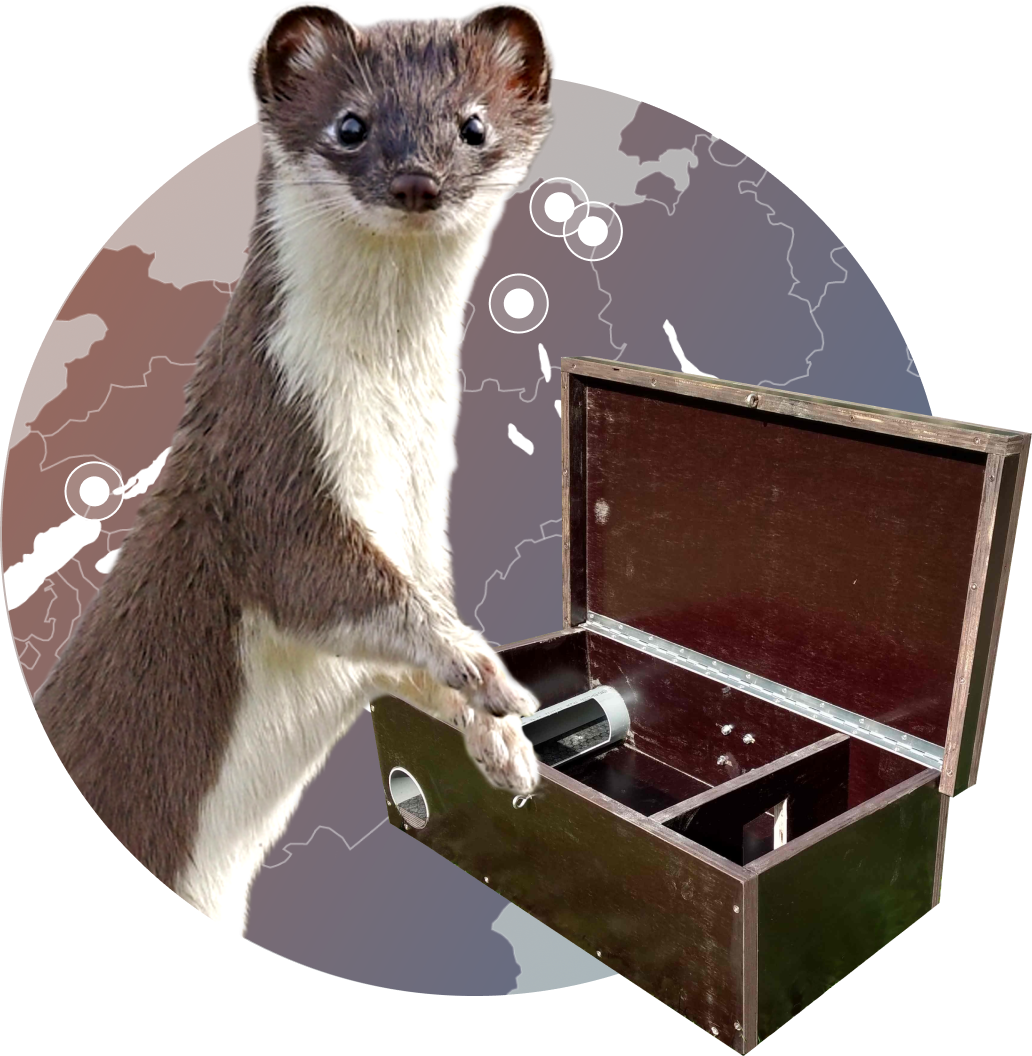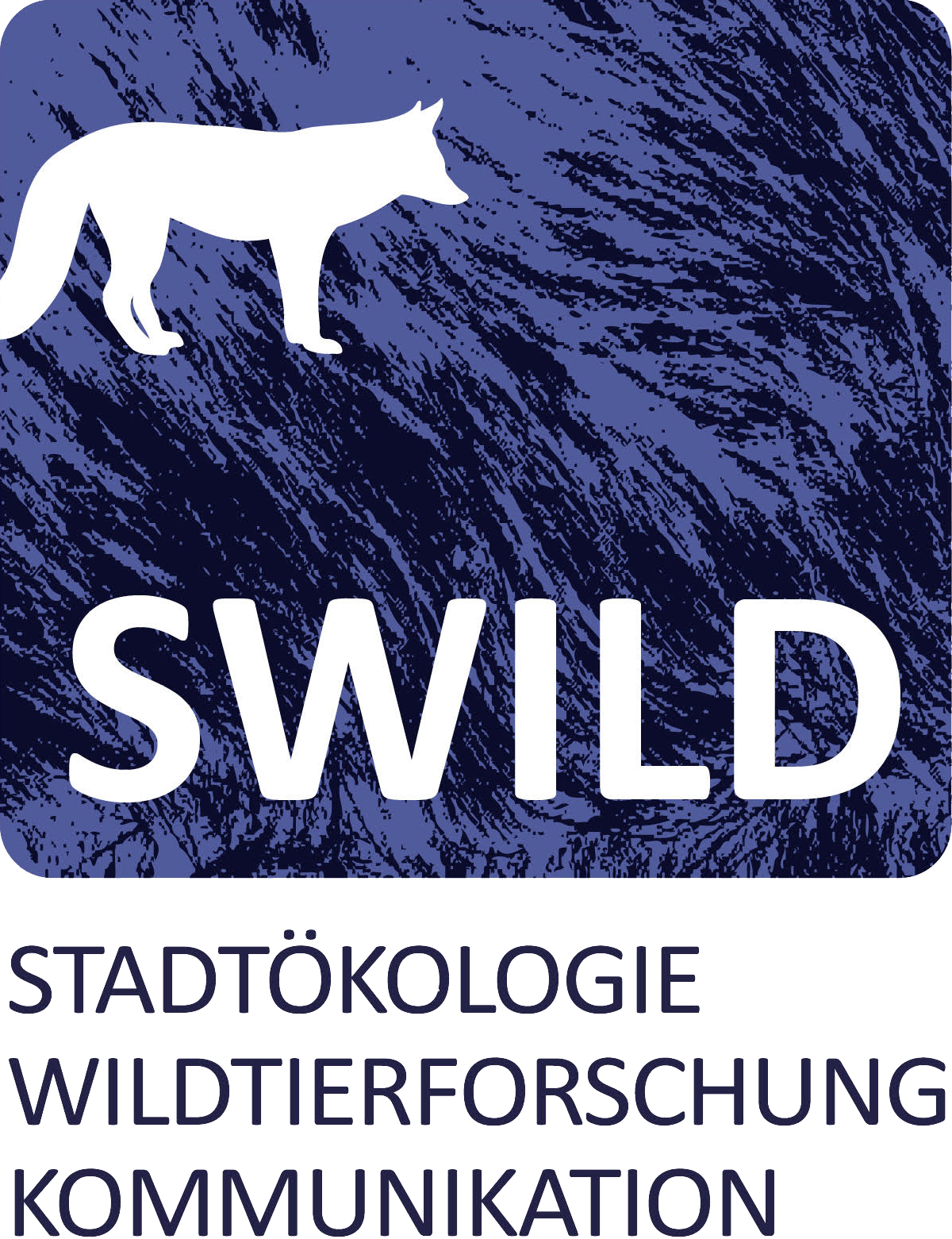Weasel
Wanted


About the Project
Weasels are carnivores and depend on sufficient prey populations to survive. Their main food source are voles, which live mainly on meadows, pastures and fallow land. These habitats are coming under more and more intensive use, resulting in weasels losing their most valuable hunting grounds. In addition, as fields grow ever larger, they often lack the structures they need to protect themselves from their enemies, such as birds of prey. This led to a noticeable decline in weasels in many areas of Switzerland.
In this project, we wanted to find out where weasels occur in the Swiss Midlands. We were also interested in whether the species composition of the prey differs between locations and whether this has an influence on the occurrence of weasels.
Detecting Weasels
Since observations of weasels are rare and difficult to plan, other indirect methods must be used to detect weasels. In this project, we used wildlife cameras, which take a picture or record a short video when something is moving in front of it. By placing the wildlife camera inside a box, we increased the chance of capturing weasels. We used the tendency of the weasels to explore holes and openings for possible prey to trick them into searching our boxes and being seen by our cameras. The animals usually remain in the box for a moment, which makes it easier to film these agile animals. In addition, with this setup we greatly reduced the chance that a moving plant or person will falsely trigger our camera. Besides weasels, other wild animals also visited the boxes. For example, grass snakes, voles, polecats and birds.
Why Weasels?
As predators, weasels are at the top of the food chain and are indicators of the state of an ecosystem. If the number of weasels declines, this is an indication that the number of prey animals, in this case voles, are also declining. However, the latter are an important food source for a large number of other animals.
While the stoat, a major species in the weasel group, is still fairly common in Switzerland, the second species, the least weasel, is listed as vulnerable on Switzerland's Red List of Endangered Species. This means that this species is at high risk of extinction in nature in the immediate future.
Long-term monitoring of weasels and their prey populations is therefore very important for nature conservation. However, such monitoring is very costly and often only possible with the support of many volunteers spending many hours in the field. The camera trap data was mainly analyzed with the help of citizen scientists. Thank you all for having helped out with this project!
On the observation platform wildenachbarn.ch sightings of stoats and least weasels are collected. These observations will flow into conservation projects as a data basis.
The project was supported by:
Project Team
- Dr. Daniel Hegglin, SWILD & Universität Zürich
- Dr. Fabio Bontadina, SWILD & WSL
- Adrian Dietrich, SWILD
- Anouk Taucher, SWILD

Do you Have Questions or Feedback?
For questions about this project, please contact us via email:


